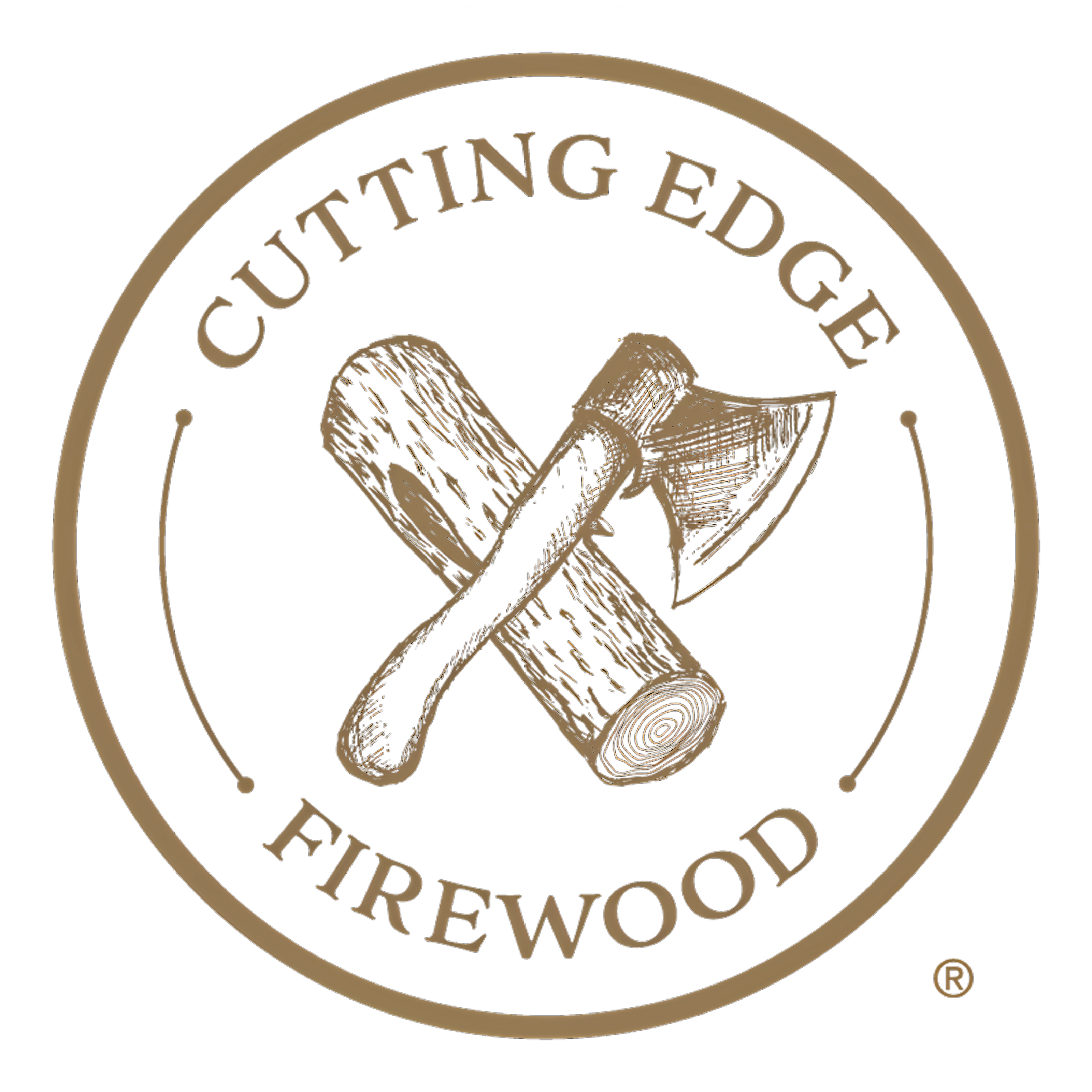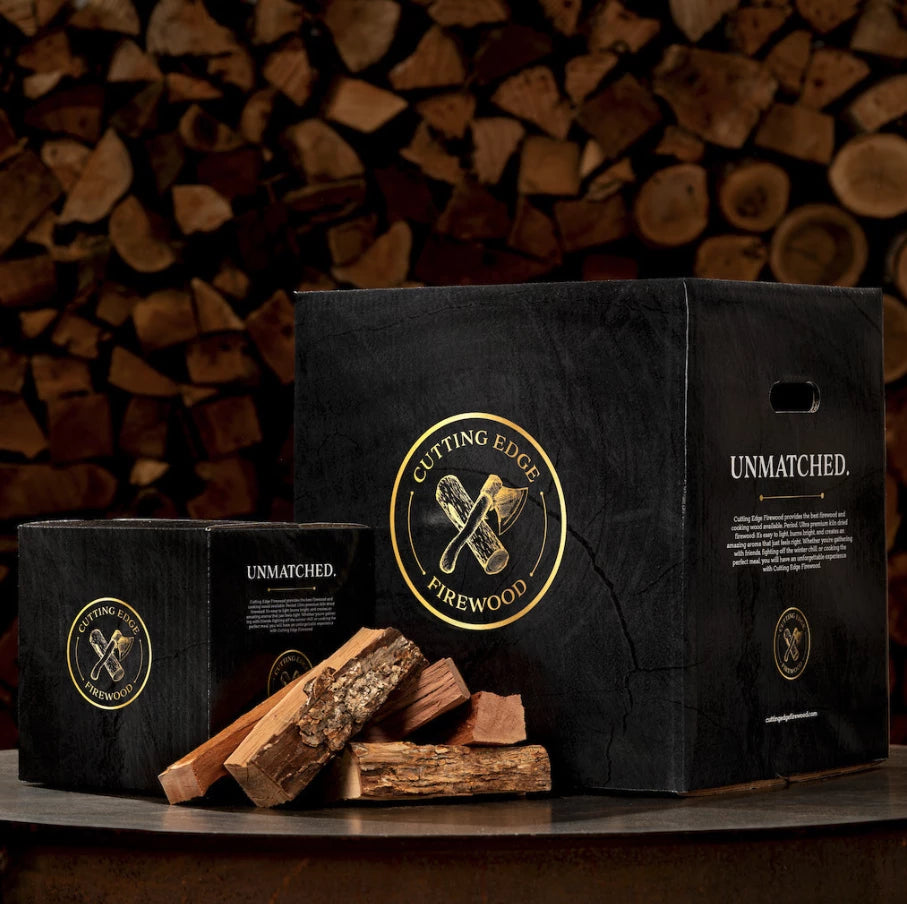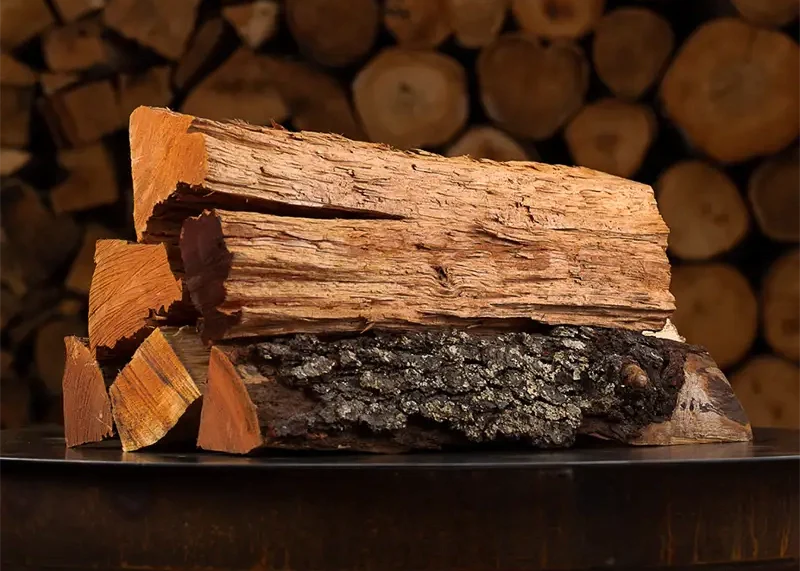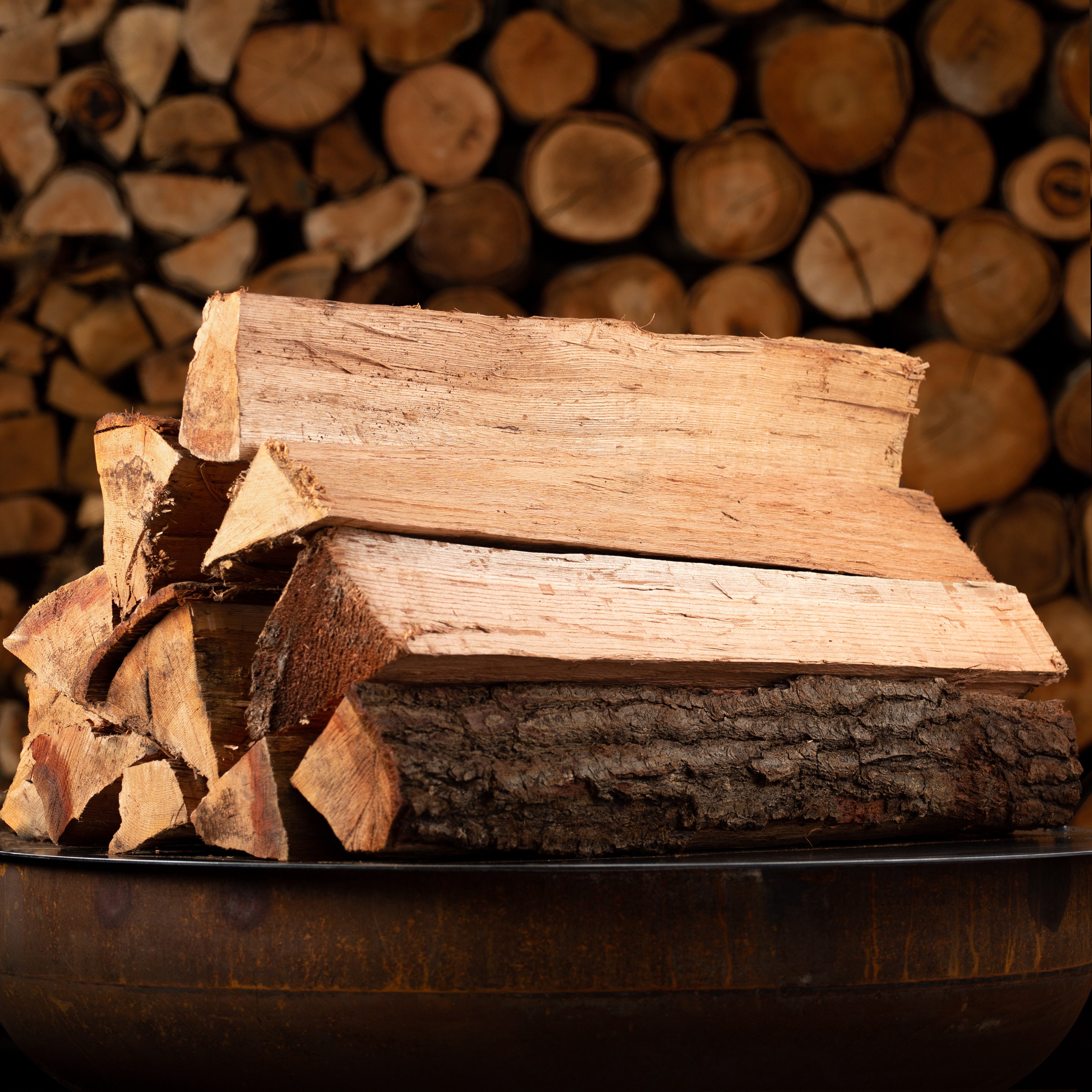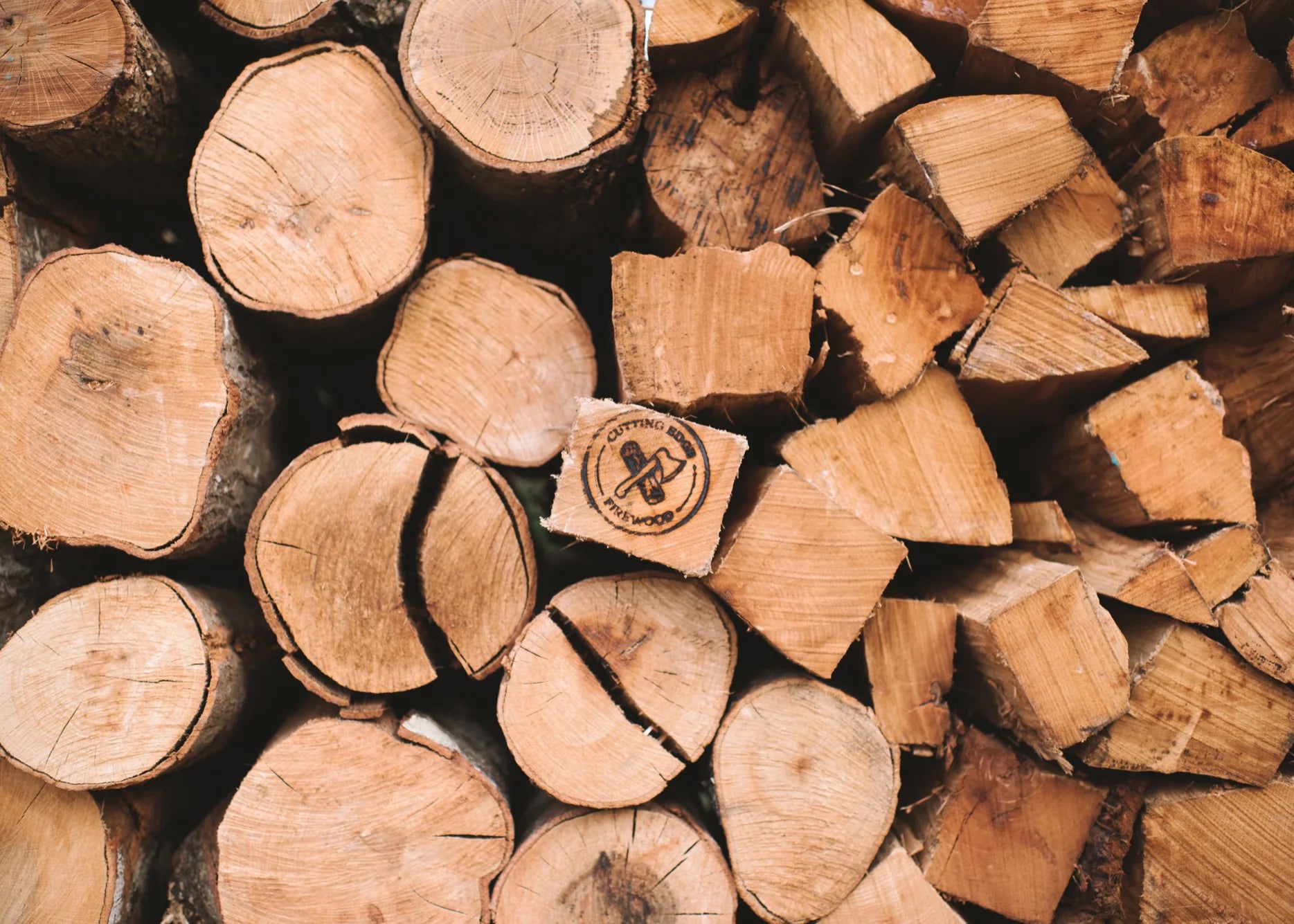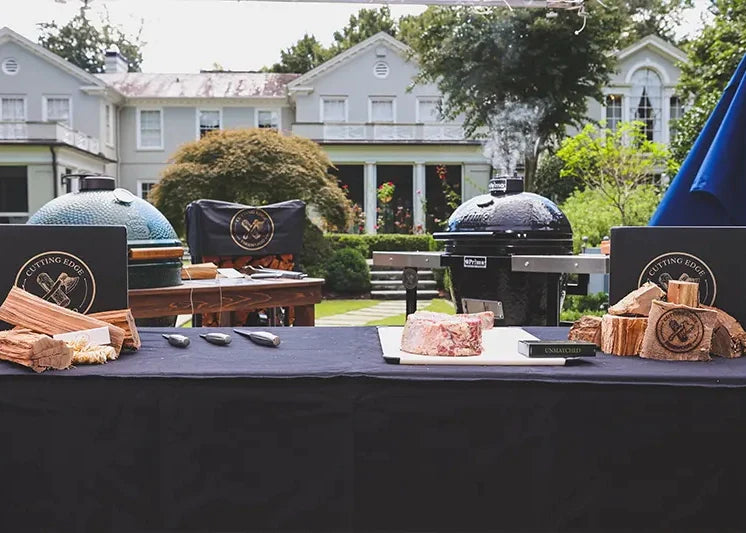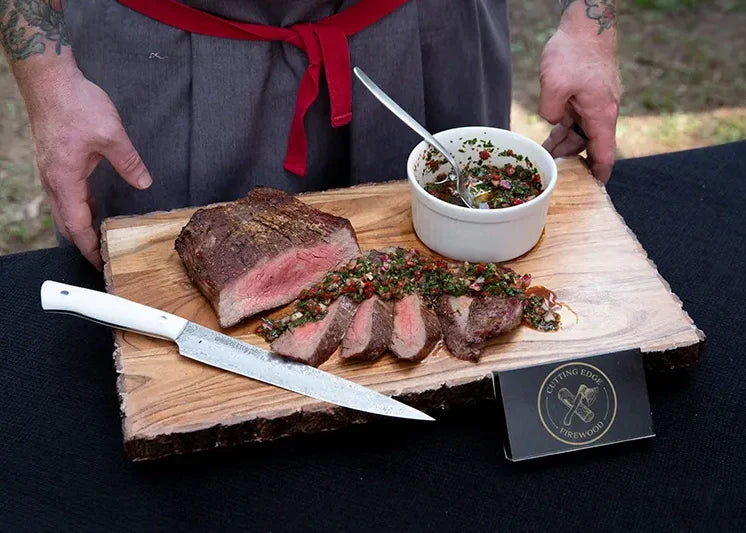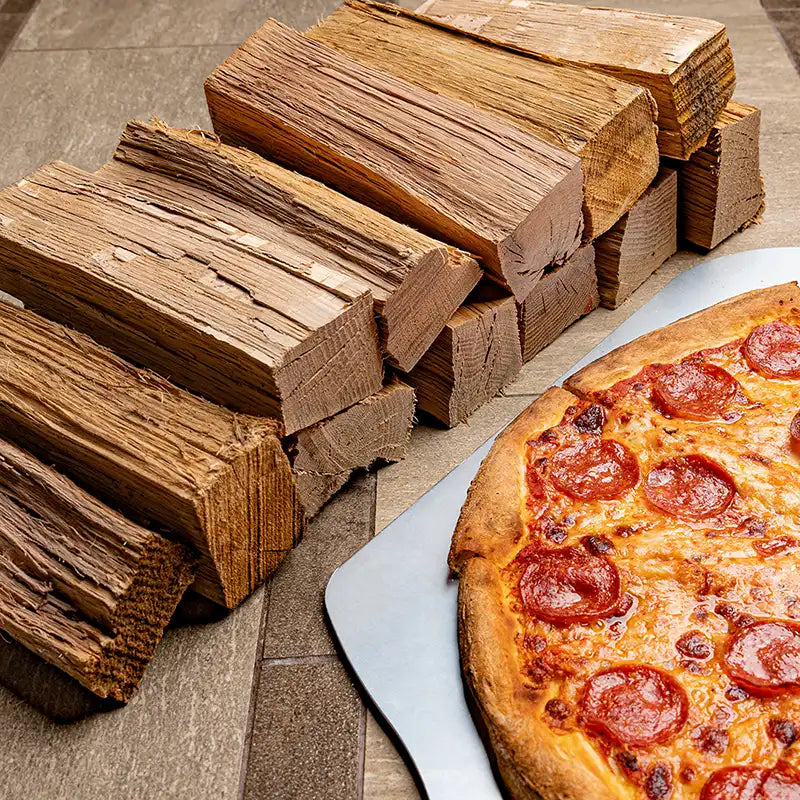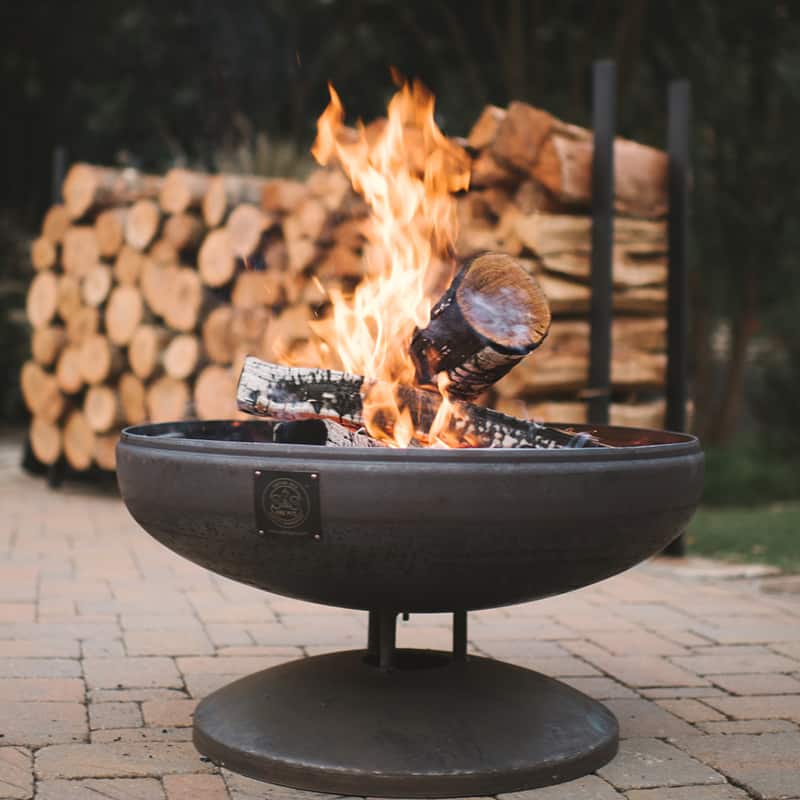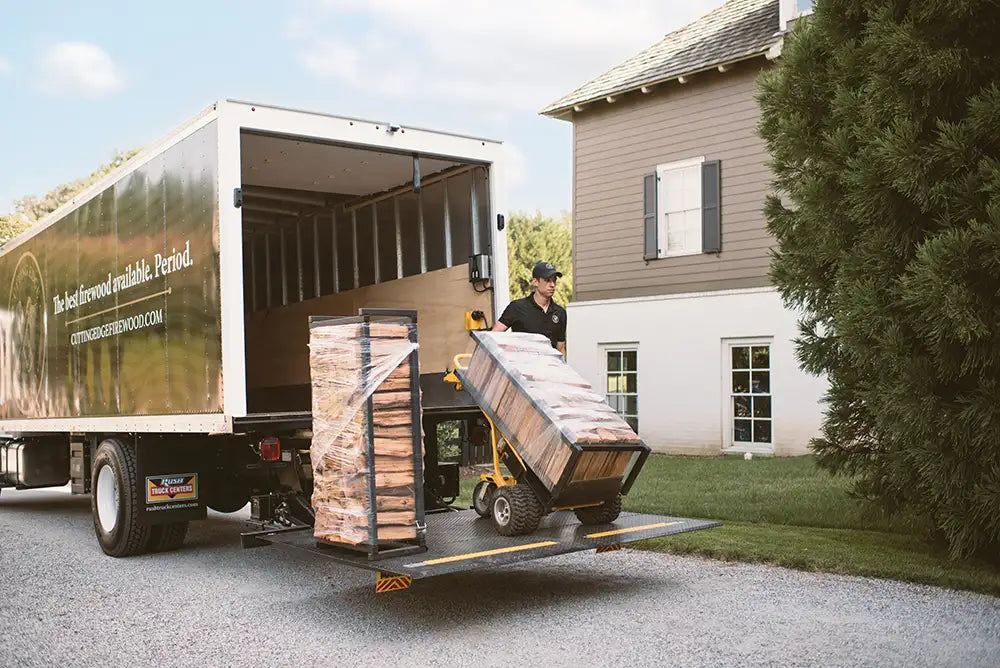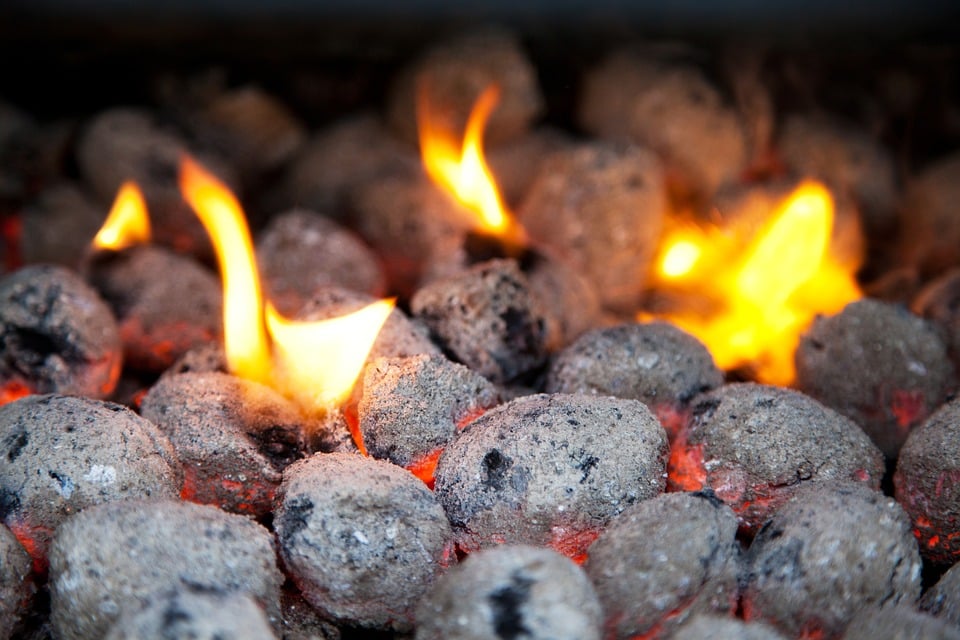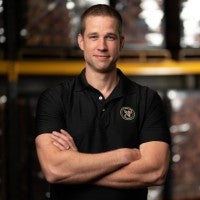Whether you are grilling or smoking, you'll need a bed of hot charcoal to cook your food. You can still add cooking wood or smoking chunks for better flavor, but charcoal will provide the heat required to cook your food. Unfortunately, many home chefs struggle to keep their charcoal lit. After fire starters, the charcoal may ignite to produce a flame initially, only to die out shortly thereafter. If your charcoal won't stay lit, the problem could be attributed to the following.
It's Not Dry
If your charcoal isn't dry, it won't stay lit. Always use dry charcoal in your grill or smoker to simplify your cooking experience. Charcoal is naturally porous, so it's able to absorb and hold moisture from its surrounding environment. If you store your charcoal in a damp area, such as your patio or even your basement, it may absorb so much moisture that it's unable to light or stay lit. To prevent this from happening, store your charcoal in a dry, climate-controlled environment.
You're Smothering It
Another possible reason your charcoal isn't staying lit is that it's being smothered. Without a sufficient amount of air, the charcoal will die out after being lit. Ensure your smoker is properly ventilated, and make sure you add cooking wood or wood chunks for smoking at the right time. Wait until your charcoal has turned white-hot before adding your cooking wood or smoking chunks. Once your charcoal heats up to this point, you can safely add your cooking wood or smoking chunks without fear of it smothering your charcoal.
It's Not Stacked
Charcoal is more likely to stay lit if it's stacked vertically rather than arranged flat on the bottom of the grill or smoker. Heat, as you may know, rises. Therefore, stacking your charcoal allows heat from the bottom coals to rise up and into the top coals. If you arrange your charcoal horizontally on the bottom of your grill or smoker, some coals may stay lit, but others may burn out before reaching a suitable temperature.
The easiest way to create a neat stack of charcoal is to use a chimney starter. This common grilling and smoking accessory consists of a cylindrical-shaped piece of metal with a hollow interior. Just fill the chimney starter with charcoal, place it on your grill or smoker, and light the bottom with a grill lighter. After about 10 to 20 minutes, the charcoal should be hot, at which point you can carefully dump into the bottom of your grill or smoker.
If you're lighting charcoal inside a smoker or grill like the Big Green Egg, make sure you have plenty of charcoal stacked so that it has an easier time lighting. If it's simply spread around the bottom, you'll run into trouble.

You're Using the Wrong Type of Charcoal
Not all charcoal is made equal. As explained in a previous blog post, there are different types of charcoal, some of which are easier to light -- and keep lit -- than others.
If you're struggling to keep your charcoal lit, you should check to see what type of charcoal you are using. Most charcoal can be classified as either lump or briquette.
Lump charcoal is the most popular type, as it consists of pure or near-pure carbon. Charcoal briquettes, on the other hand, are comprised of wood and other organic byproducts joined together with a binding agent. While charcoal briquettes typically burn for a longer period of time than lump charcoal, they are also more difficult to light. Therefore, you should stick with lump charcoal if you're concerned about it burning out.
The Dampers Are Closed
Before lighting your charcoal, check to make sure all the dampers on your grill or smoker are completely open. Most grills and smokers have two dampers, both of which are used to control the flow of air.
Whether your grill or smoker has more dampers or fewer, you should open them before lighting your charcoal. If the dampers are closed, air won't be able to reach the charcoal. And without a sufficient amount of air, your charcoal will burn out, forcing you to relight it. You can partially close the dampers once the charcoal has turned white-hot and you've added your food, but keep them closed until this happens.
It's Humid Outside
Even high humidity can cause lit charcoal to burn out. If you're trying to grill or smoke on a particularly humid day, moisture in the air may saturate your charcoal to the point where it's unable to stay lit. Unfortunately, you can't control how humid is it outside. With that said, you can still grill or smoke on a humid day -- you'll just need to take precautions beforehand. By using dry lump charcoal -- and stacking it vertically -- it should stay lit even if it's humid outside.
You're Adding Wet or Low Quality Cooking Wood
The type of cooking wood you add to your charcoal matters. Seasoned cooking wood can have a high moisture content that reduces heat and creates musty smoke that doesn't taste good. Soaking your cooking wood before using it only adds water to the fire (which does not help your charcoal stay lit!). Using properly dried chunks that will ignite quickly will help keep the fire alive and provide great flavor. When you use large chunks, you can know that the wood will burn in your smoker for hours at a time.
Want to learn more about cooking with wood? Make sure you checkout our Cooking with Wood University!
For the best possible flavor and consistent burn, make sure you pair your charcoal with our wood chunks for smoking. Cutting Edge Firewood chunks are easy to light and will burn at the perfect rate. We offer a wide variety of quality smoking chunks, including apple wood chunks and hickory smoking chunks. View all of our cooking wood options in our online store today, or learn about our most popular cooking chunks below:
